The Louvre—home to over 35,000 artworks spanning eight departments—overwhelms many visitors attempting to see everything in a single visit. Beyond the Mona Lisa’s crowds and Venus de Milo’s admirers lies a museum filled with unexpected delights that transform an obligatory tourist stop into a genuinely enriching experience.
Here is a list of 15 discoveries that enhance appreciation of this remarkable institution beyond its most famous masterpieces.
The Medieval Louvre Foundations
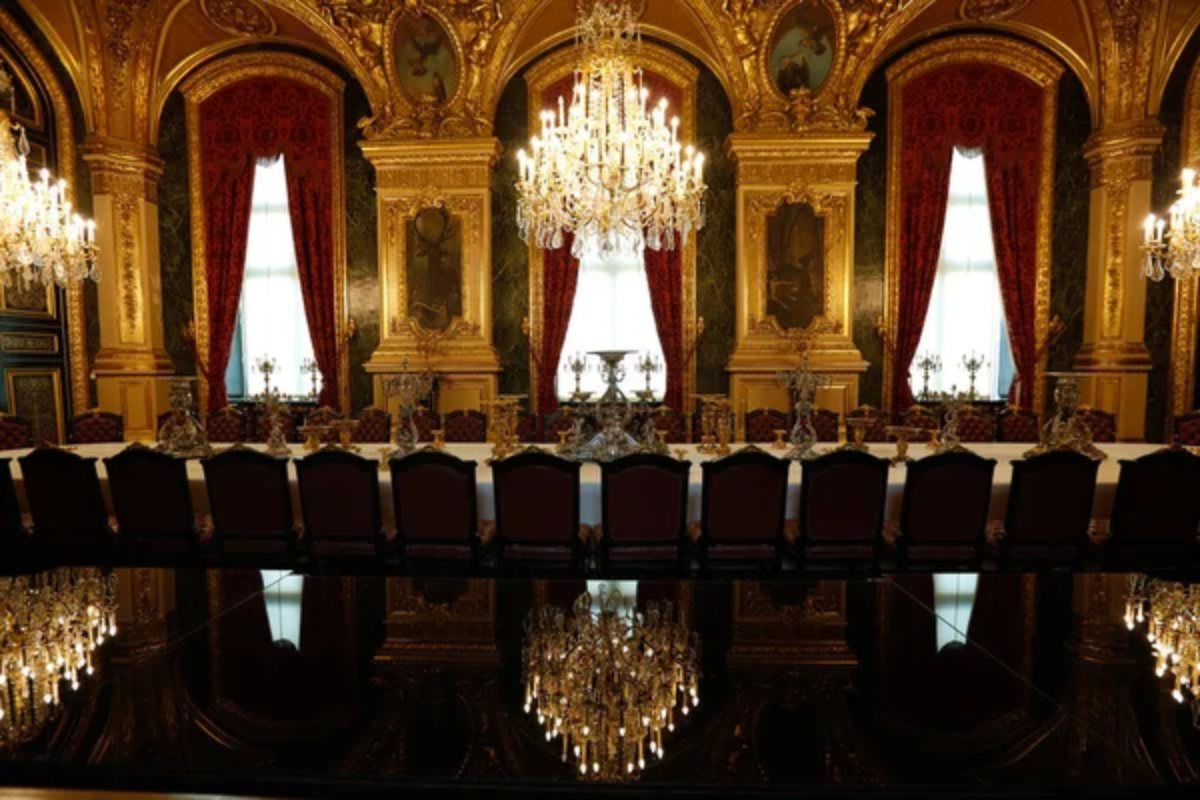
Beneath the museum’s main entrance lie excavated remnants of the original 12th-century fortress that preceded the palace. The massive stone foundation walls reveal the building’s defensive origins—a stark contrast to its current artistic purpose.
Interactive displays explain how this medieval castle evolved into the Renaissance palace and, eventually, the modern museum. The cooler temperature in this underground space offers a welcome reprieve during summer, when upper galleries become uncomfortably warm.
These foundations physically connect visitors to the site’s nearly thousand-year history.
Napoleon III Apartments
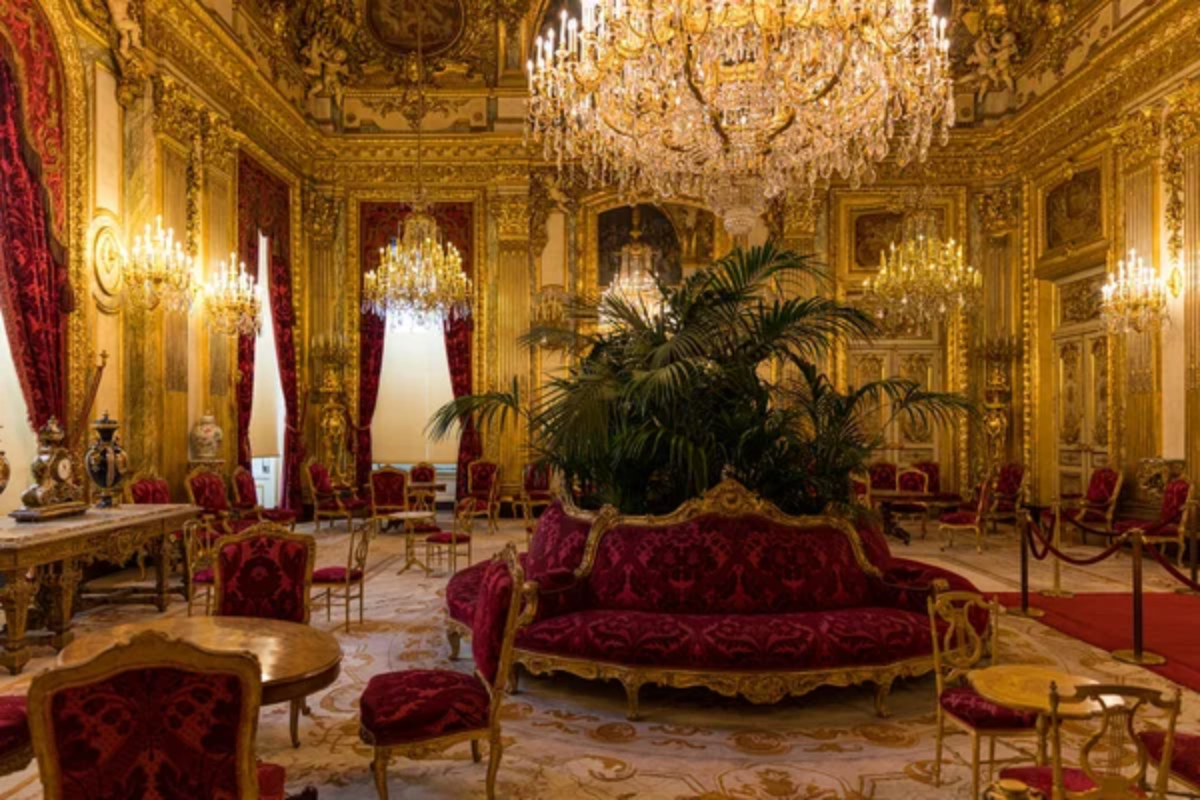
Most visitors walk past these spectacular Second Empire rooms without realizing they’re open to the public. The lavishly preserved apartments showcase mid-19th century French imperial style at its most extravagant—with gilded moldings, crystal chandeliers, and silk wall coverings.
The grand dining room table remains set with the original Sèvres porcelain and silver services used for state dinners. Rarely crowded, these rooms offer a peaceful alternative to busier galleries while providing essential context for the museum’s decorative arts collection.
Like Travel Pug’s content? Follow us on MSN.
Richelieu Wing Courtyards
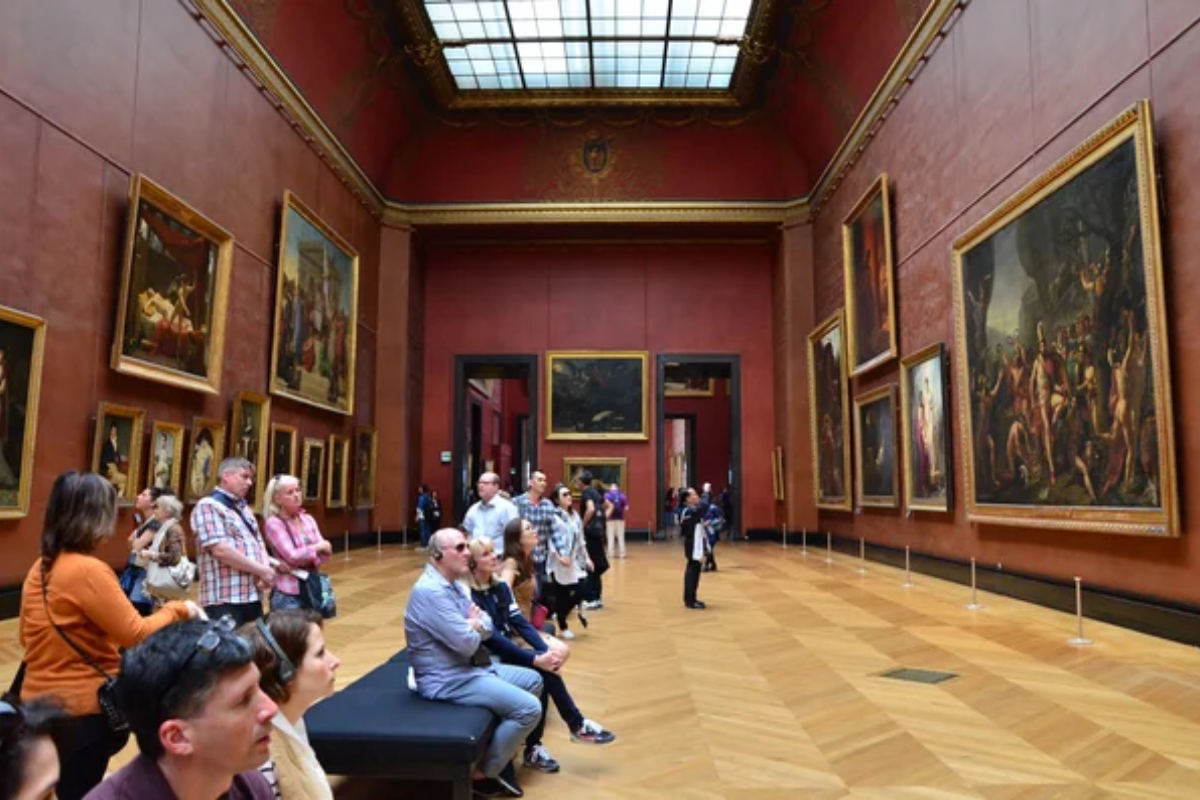
The covered courtyards housing French sculptures create some of the museum’s most dramatic spaces yet receive far fewer visitors than the painting galleries. Natural light streams through glass ceilings onto works spanning medieval times through the 19th century.
The scale of these spaces allows visitors to appreciate large sculptures from multiple angles, a luxury rarely possible in traditional gallery rooms. The courtyards offer excellent places for contemplative breaks between more crowded sections of the museum.
The strategic placement of benches encourages longer observation of key works.
Egyptian Collection’s Sarcophagus Room
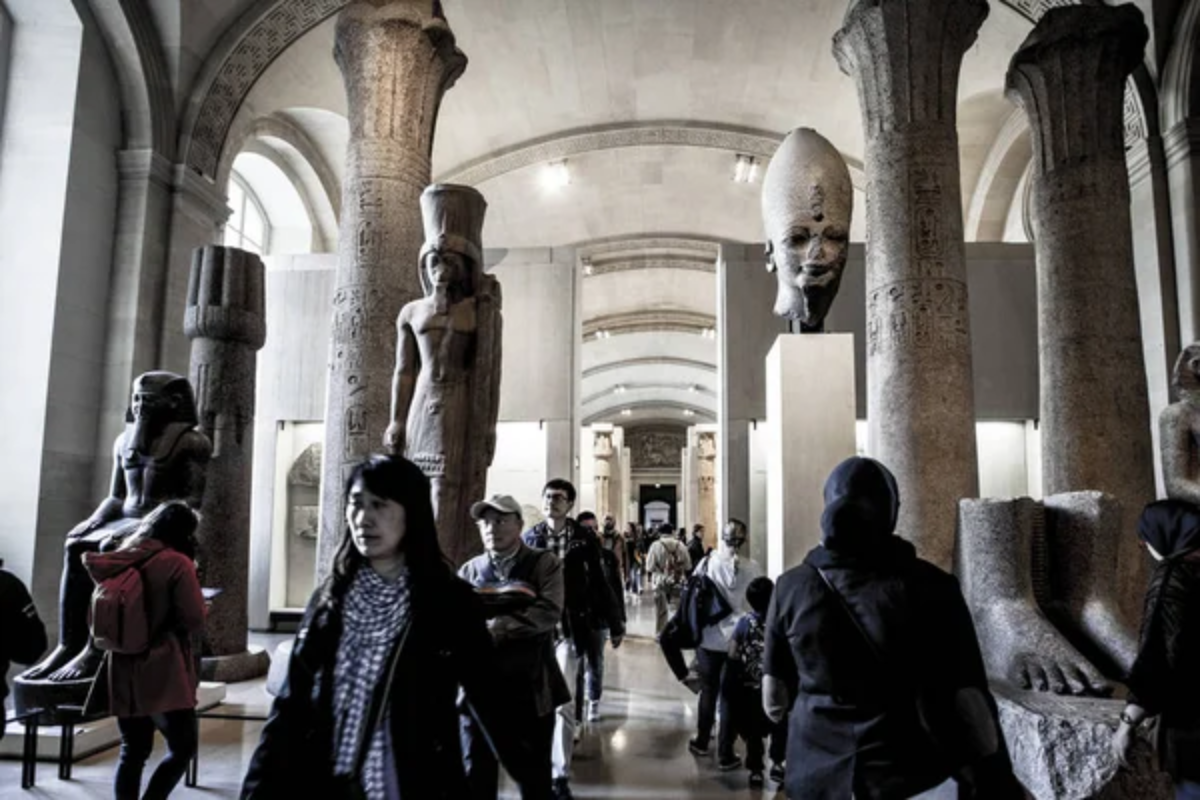
While many visitors briefly pass through the Egyptian galleries seeking larger attractions, this room deserves extended attention for its extraordinary collection of sarcophagi spanning three millennia. The chronological arrangement reveals the evolution of ancient Egyptian funerary practices and artistic styles.
The detailed explanations of hieroglyphic inscriptions provide insight into ancient Egyptian beliefs about the afterlife. The room’s atmospheric lighting enhances the dramatic impact of these ancient funeral vessels.
The collection includes examples from royal tombs alongside those of ordinary citizens, demonstrating social distinctions in ancient Egypt.
Islamic Art Department’s Contemporary Architecture
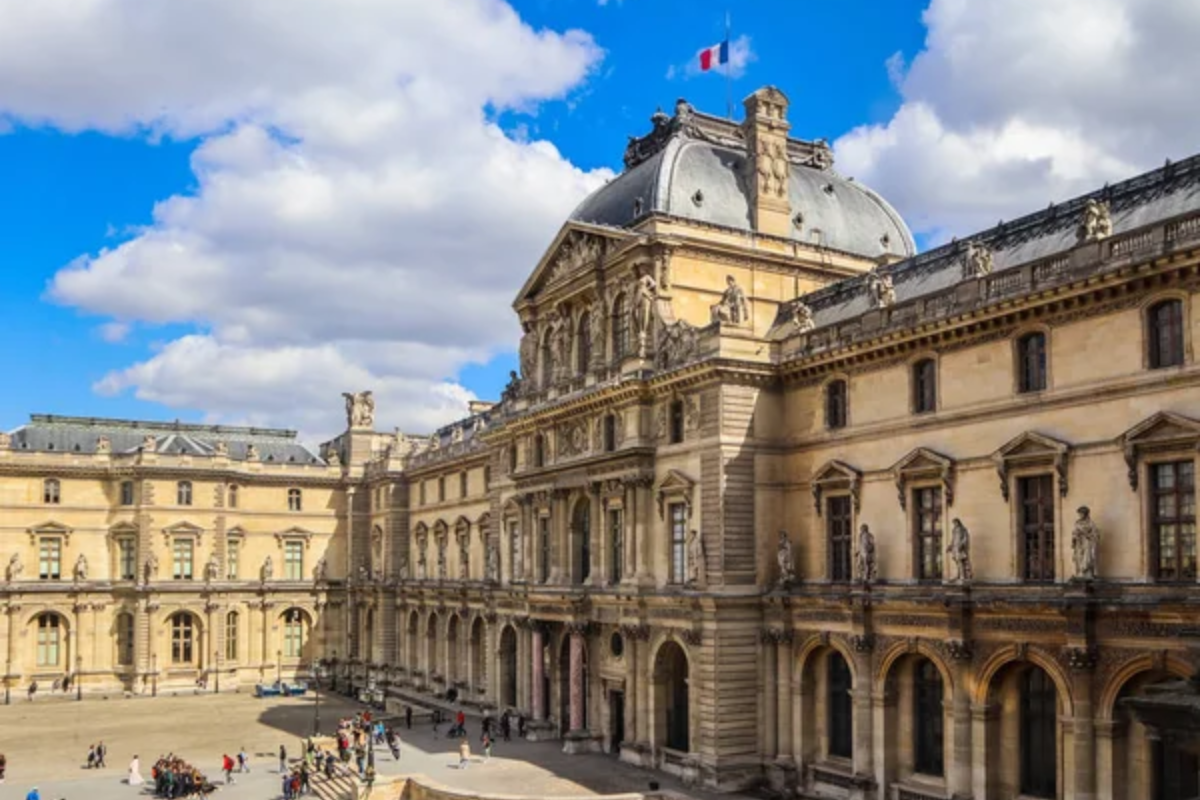
The newest department occupies a stunning contemporary space beneath an undulating glass and metal roof resembling a golden veil. The architectural contrast between this 21st-century addition and the historic palace creates a thought-provoking juxtaposition.
The department houses over 18,000 objects spanning thirteen centuries and three continents, challenging simplified views of Islamic cultural history. Innovative displays combine regional and chronological groupings, making complex histories accessible to non-specialists. Even during peak hours, the space remains relatively tranquil.
Like Travel Pug’s content? Follow us on MSN.
Denon Wing’s Overlooked Italian Renaissance Rooms
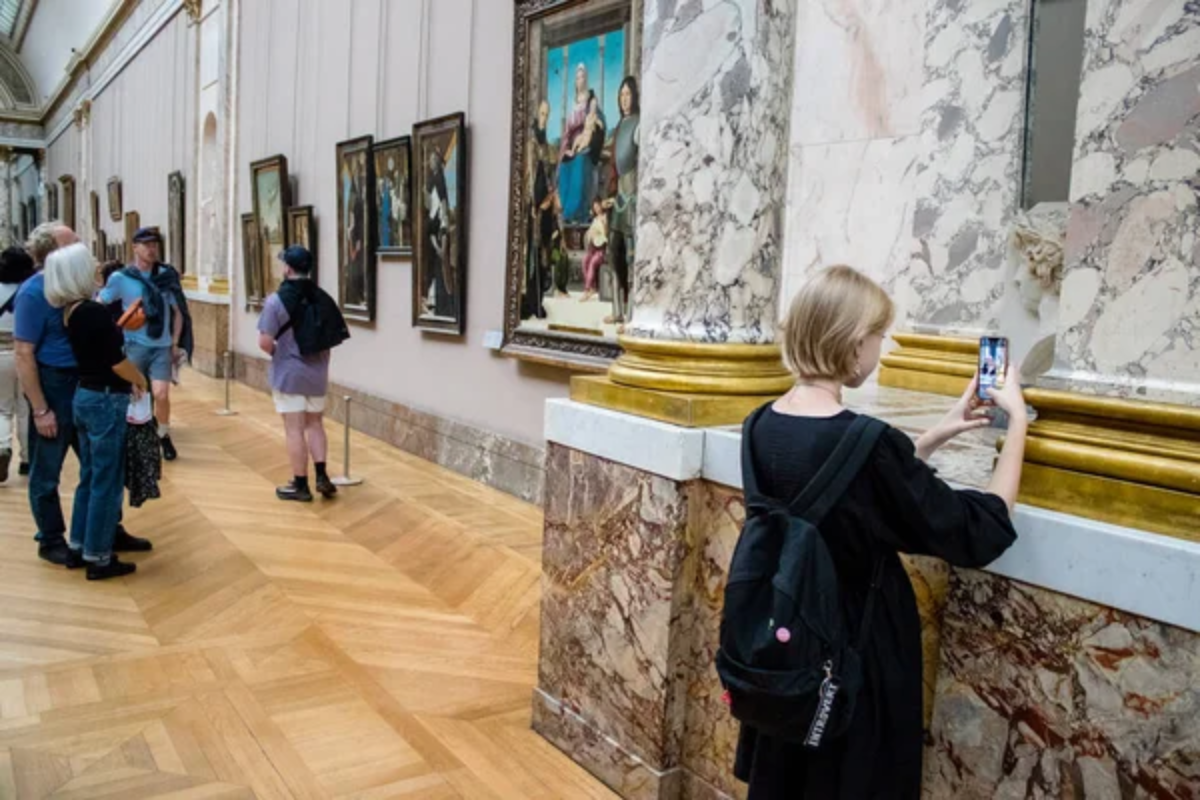
While crowds flock to Leonardo’s works, the adjacent rooms display equally important Italian Renaissance paintings in relative tranquility. Works by Titian, Veronese, and Tintoretto receive thoughtful attention impossible in the more famous galleries.
The rooms follow a logical progression that clearly demonstrates the development of Renaissance painting techniques and themes. The gallery’s arrangement encourages comparison between Venetian, Florentine, and Roman painting traditions.
The exceptional quality of these “secondary” works would make them centerpieces in most other museums.
Objets d’Art Collection’s Mechanical Clocks
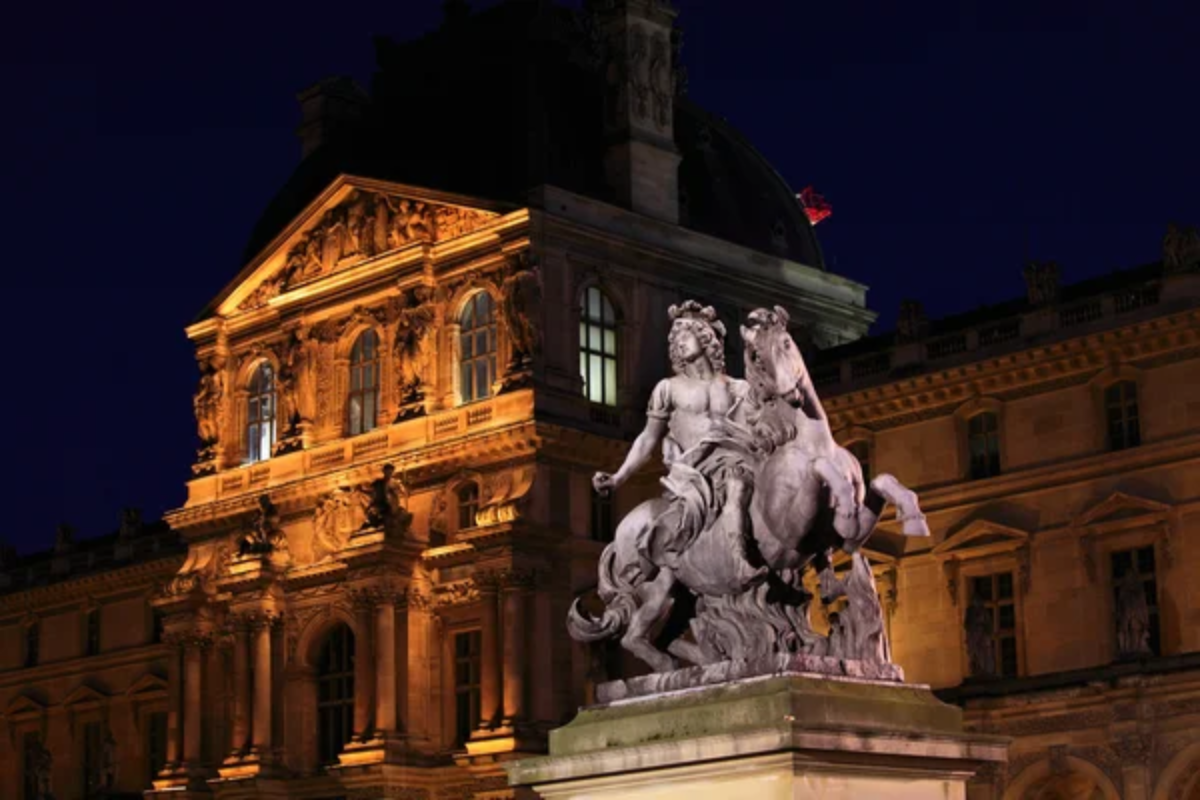
The decorative arts sections house remarkable mechanical timepieces that combine engineering precision with artistic craftsmanship. Many clocks retain their original mechanisms—some still functional—with moving figures, astronomical indicators, and musical components.
The collection spans from early mechanical innovations to the height of French clockmaking during the 18th century. Museum staff occasionally demonstrate working examples, bringing these historical objects briefly back to life.
The collection reveals how practical timekeeping devices evolved into status symbols expressing political power and scientific knowledge.
Near Eastern Antiquities’ Mesopotamian Seals

This small but extraordinary collection contains cylinder seals—tiny carved stones used to create impressions in clay—dating back to 3500 BCE. Modern impressions displayed alongside the originals reveal remarkably detailed miniature scenes invisible to the naked eye.
The collection demonstrates sophisticated artistic achievement at civilization’s earliest stages. These tiny objects often reveal more about daily life and religious practices than larger monuments.
Their minute scale requires close observation, creating an intimate viewing experience, unlike the museum’s larger attractions.
Like Travel Pug’s content? Follow us on MSN.
Greek Antiquities Department’s Vase Collection
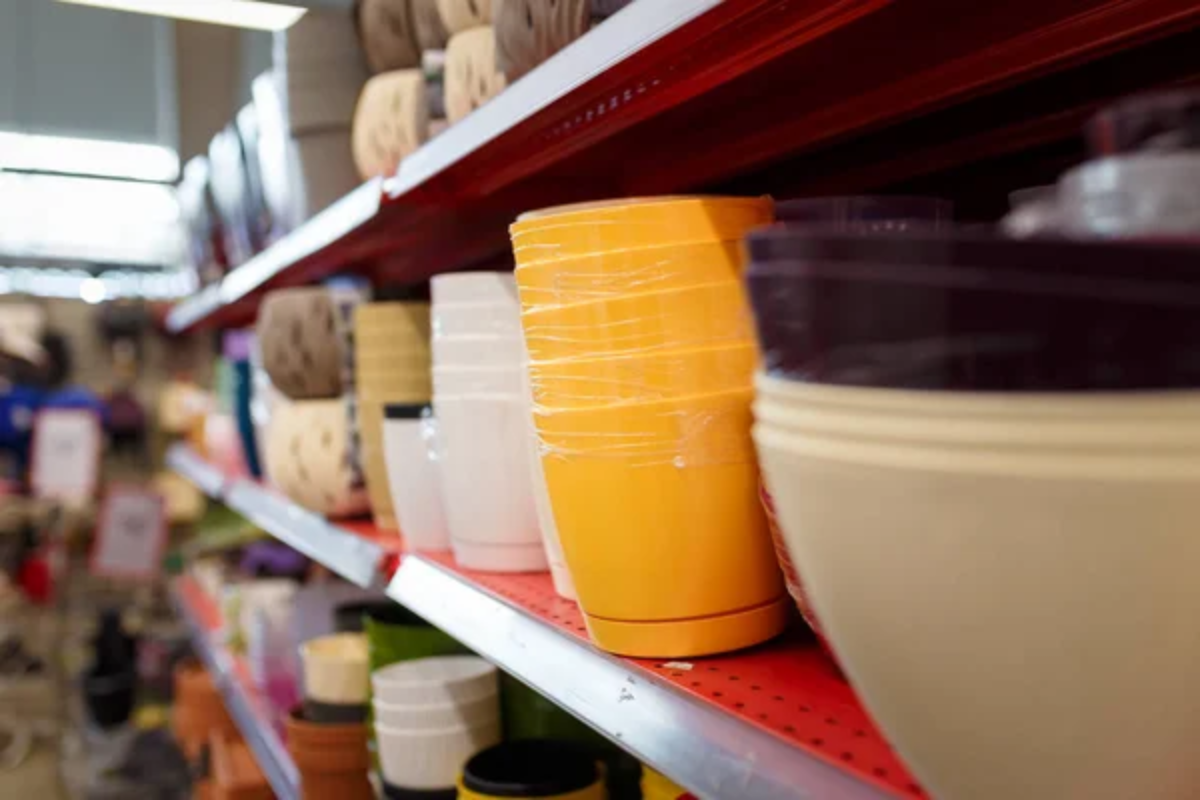
While the Venus de Milo draws crowds, nearby galleries contain one of the world’s finest collections of Greek-painted pottery. The vases depict everything from mythological scenes to everyday activities, providing windows into ancient Greek life beyond official monuments.
The chronological arrangement clearly shows the evolution of painting styles over the centuries. The detailed explanatory materials help visitors understand the social contexts in which these vessels were used.
The remarkable preservation of pigments allows visitors to appreciate the original visual impact of these objects.
The Louvre’s Ceiling Paintings
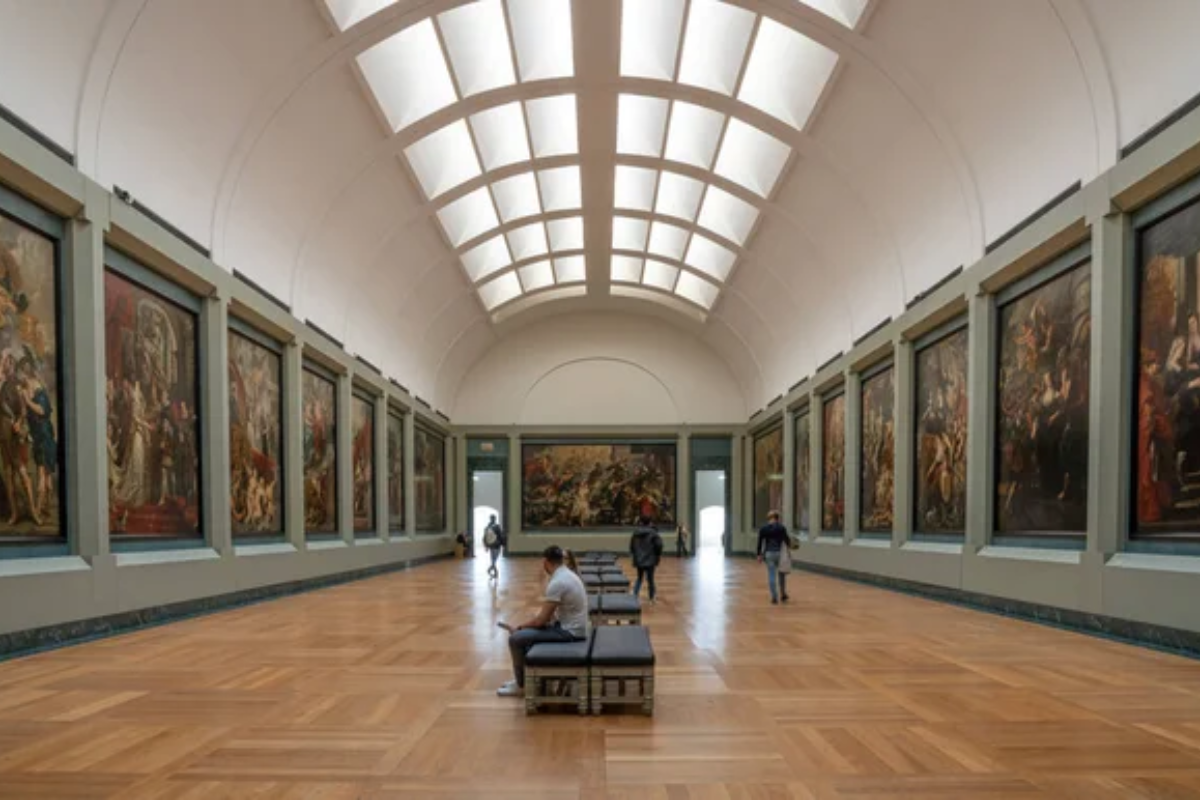
Looking upward reveals extraordinary painted ceilings throughout the museum that most visitors never notice while focusing on wall-mounted works. The ceilings often contain allegorical programs revealing the political and cultural ideals of different periods in French history.
The dramatic perspective effects create illusions of architectural extension and open sky. These paintings demonstrate how the building itself functions as a massive artwork expressing changing French national identities.
The ceilings require dedicated viewing time with neck-craning effort rewarded by spectacular artistic achievements.
Northern European Paintings Collection
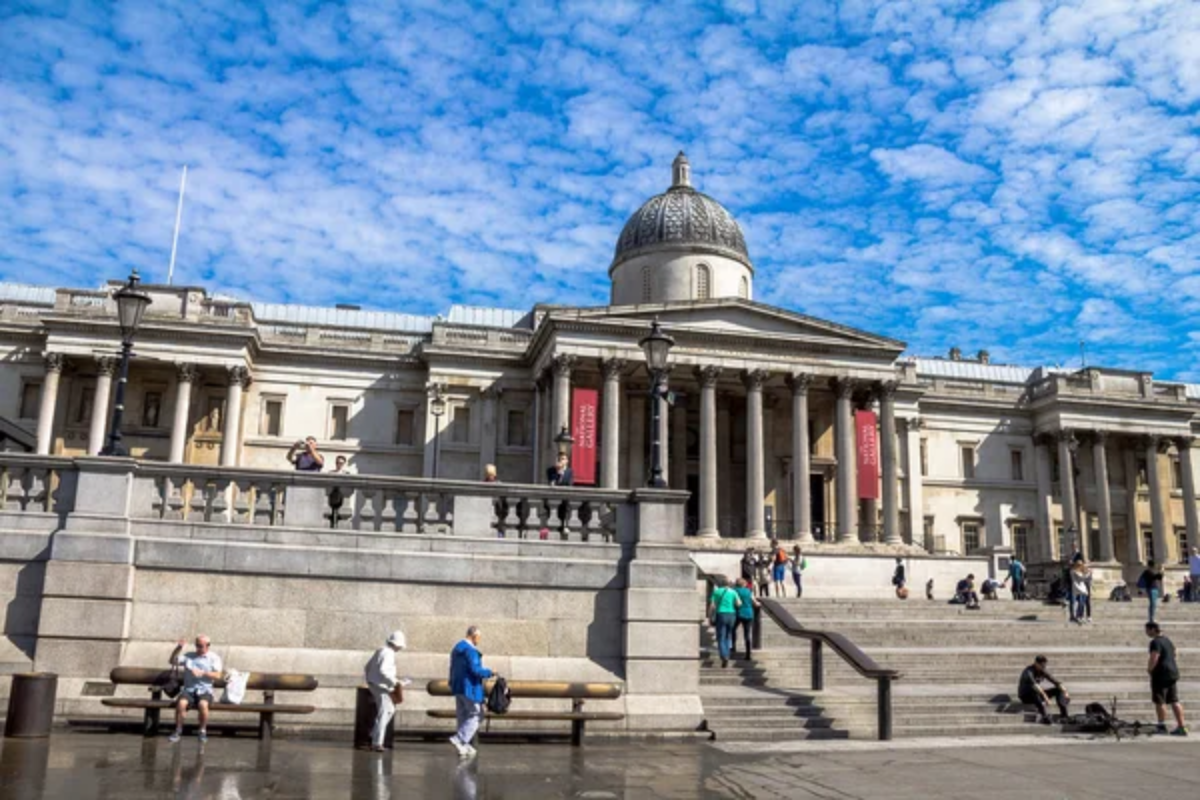
The less-trafficked galleries housing Dutch, Flemish, and German works offer intimate engagement with masterpieces that receive a fraction of the attention given to Italian works. The exceptional Rembrandt collection includes several of his most profound self-portraits showing the artist’s aging face with unflinching honesty.
The meticulous detail in still-life paintings rewards close examination impossible in crowded galleries. The religious paintings reflect the complex theological debates of the Reformation period.
These collections provide essential context for understanding the diversity of European artistic traditions.
Like Travel Pug’s content? Follow us on MSN.
The Ancient Iranian Collections
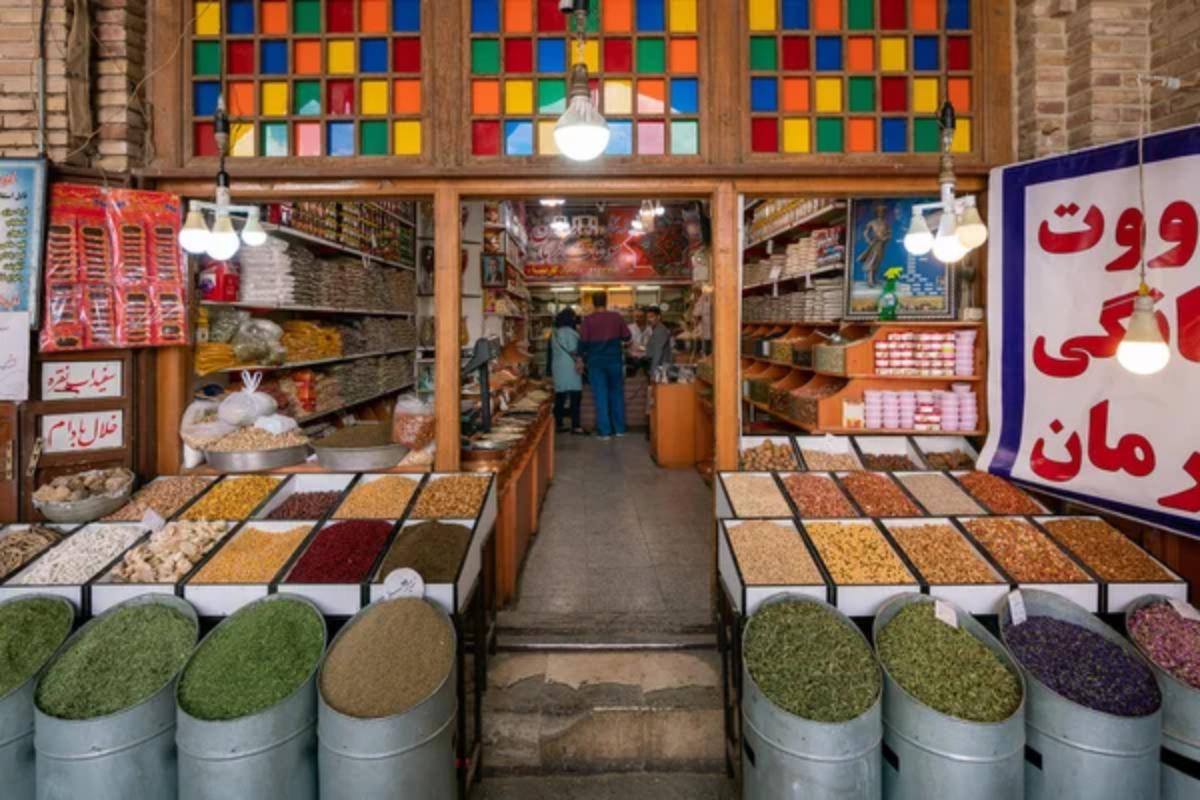
These galleries contain remarkable works from pre-Islamic Persian civilizations, including Achaemenid, Parthian, and Sasanian periods. The exquisite gold work demonstrates sophisticated metallurgical techniques developed over millennia.
The distinctive artistic styles show a cultural exchange between East and West long before modern globalization. The collection includes objects from the palace complex at Susa, providing insight into one of antiquity’s greatest imperial centers.
These galleries help visitors understand the crucial role Iran played in world history beyond simplified contemporary political narratives.
Prints and Drawings Study Room
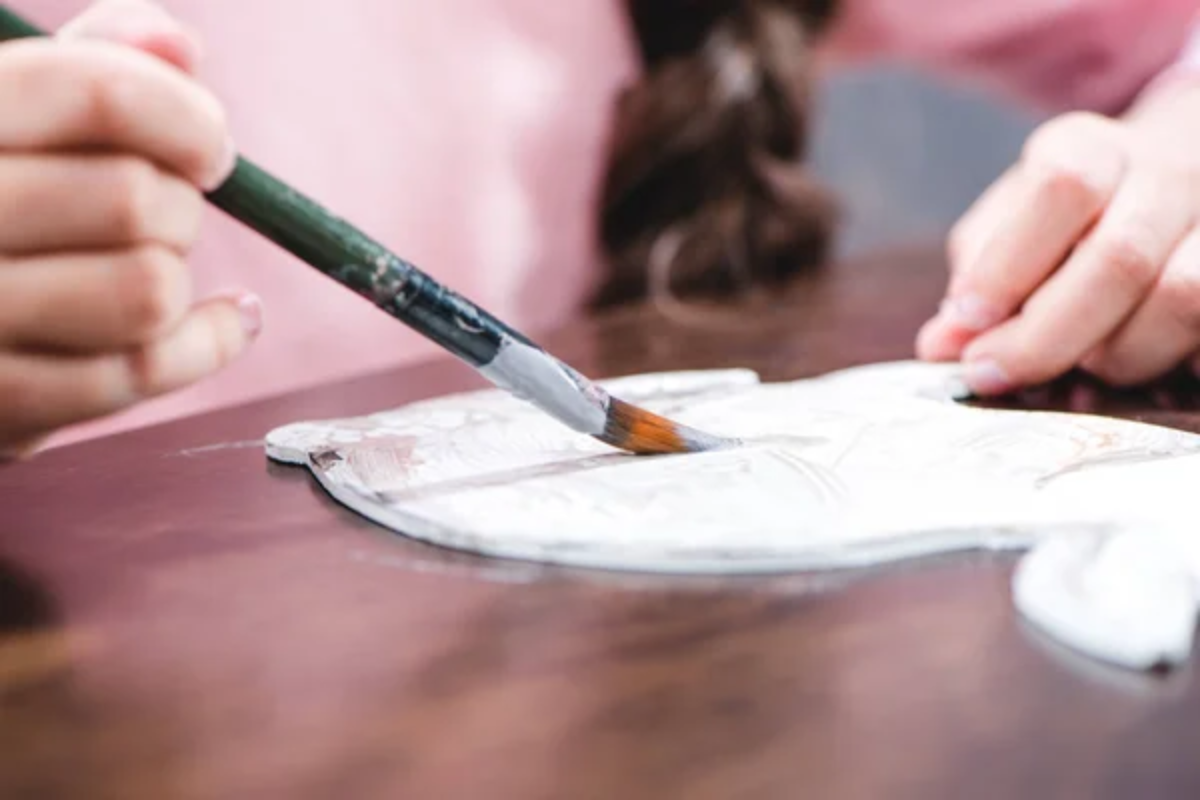
This remarkable resource allows visitors to request a viewing of specific works from the museum’s vast collection of works on paper that are not permanently displayed. The study room provides a close examination of drawings, engravings, and prints impossible in standard gallery settings.
The experience includes expert guidance from specialized curators who can provide detailed context for requested works. Reservations allow tailored experiences focusing on specific artists or periods.
This little-known service transforms passive museum viewing into active research engagement.
The Louvre’s Secret Passageways
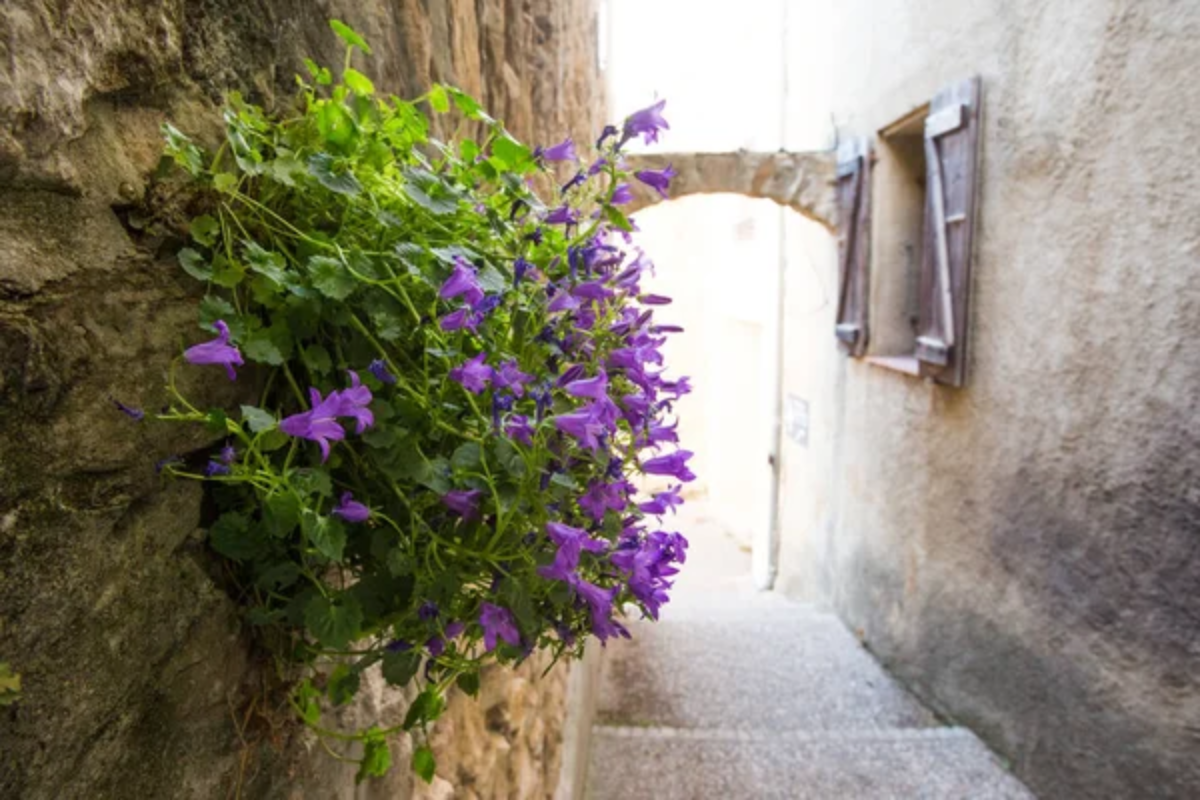
Several unmarked stairwells and corridors connect different wings, providing shortcuts that bypass the most congested areas. These passages often contain smaller works that receive careful attention from the few visitors who discover these routes.
The architectural details in these transitional spaces reveal the building’s evolution through centuries of additions and renovations. The sudden shifts in architectural style between connected areas create thought-provoking juxtapositions.
These alternative routes often provide unexpected views of famous galleries from unusual perspectives.
Like Travel Pug’s content? Follow us on MSN.
Audio Guide Renaissance Music Option
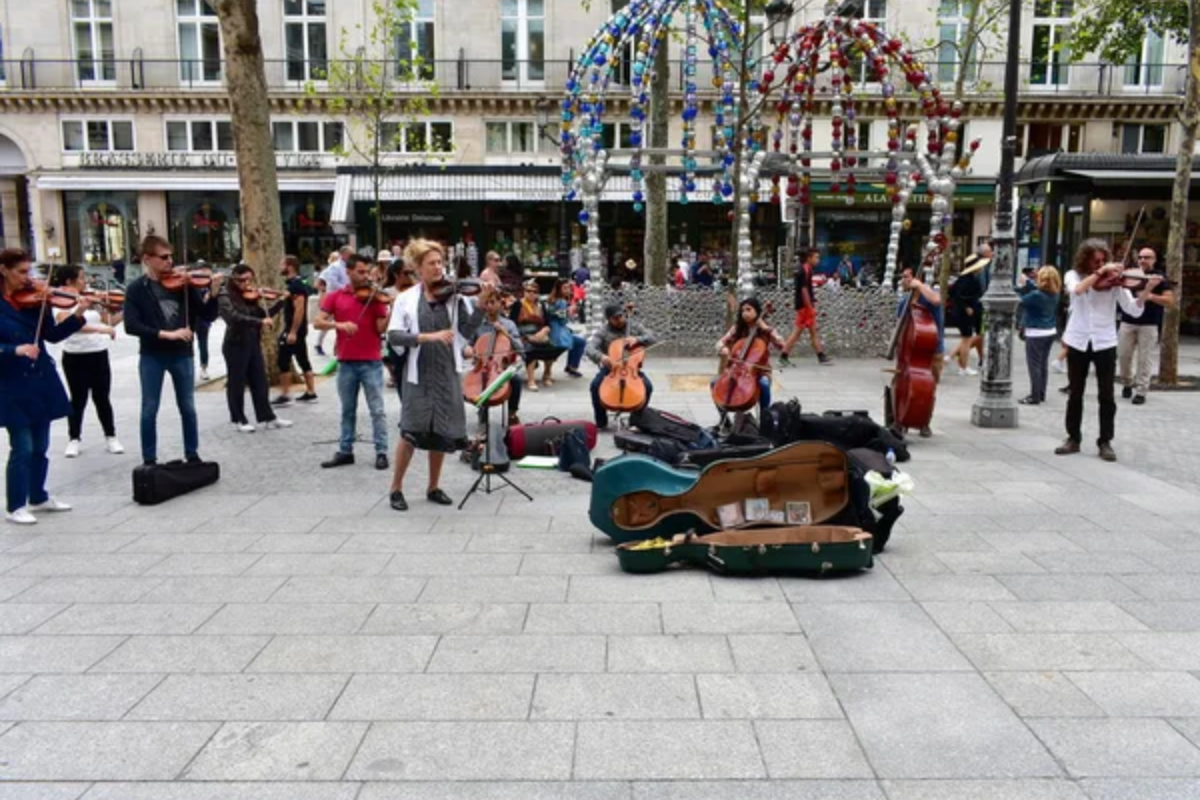
The museum’s audio guide includes an overlooked option to hear period music corresponding to the artworks being viewed. The musical selections range from liturgical chants to court compositions, providing cultural context beyond visual arts.
The audio creates immersive experiences connecting visitors to the original settings where these works would have been displayed. The contrast between different regional musical traditions parallels the visual distinctions between artistic schools.
This feature transforms the typically silent museum experience into a multi-sensory exploration of historical periods.
Beyond the Obvious: A Museum Within the Museum

The true magic of the Louvre emerges not through rushing between famous masterpieces but through discovering personal connections with unexpected works. These fifteen experiences reveal the museum’s extraordinary depth beyond its most publicized attractions.
The Louvre rewards those willing to venture beyond the obvious—offering insights into human creativity spanning centuries and civilizations. Perhaps the greatest unexpected pleasure comes from allowing the museum itself to guide discovery rather than following predetermined paths through its labyrinthine treasures.
More from Travel Pug

- Cities Growing so Fast You Won’t Recognize Them in 10 Years
- 13 Destinations Where Tourists Regularly Regret Their Trip
- 20 Obscure WWII Sites Even History Buffs Don’t Know About
- 10 Under-the-Radar Mountain Towns That Are Both Affordable and Beautiful
- Remote Villages in Europe Where You Can Live for Free in Exchange for Work
Like Travel Pug’s content? Follow us on MSN.
